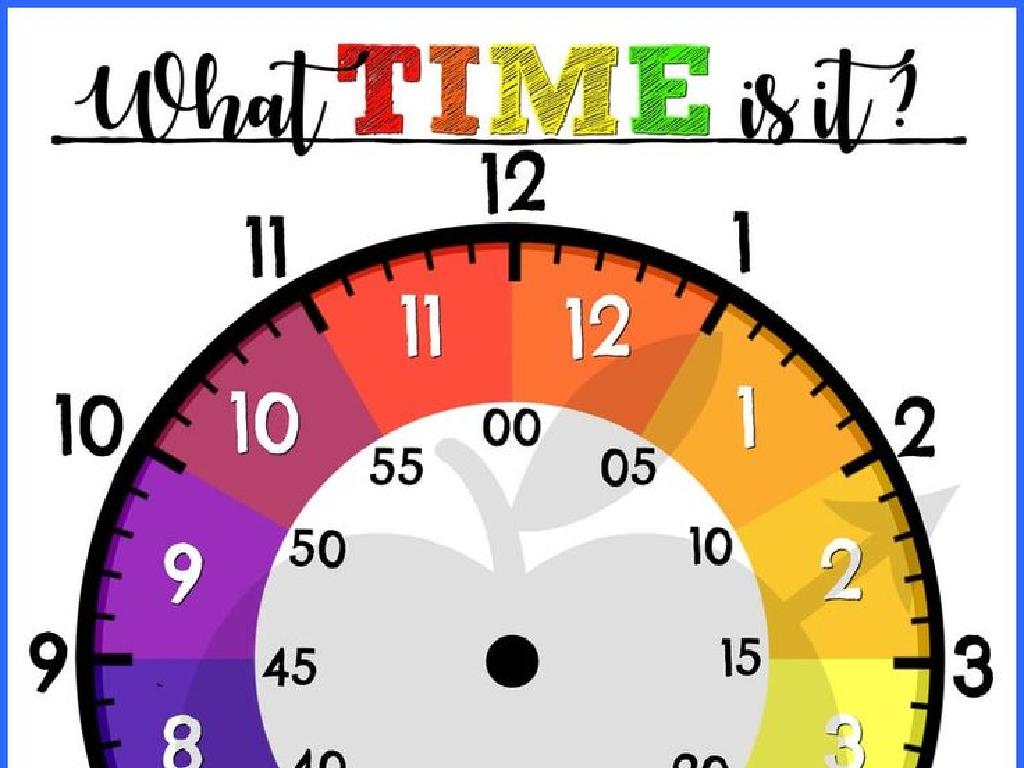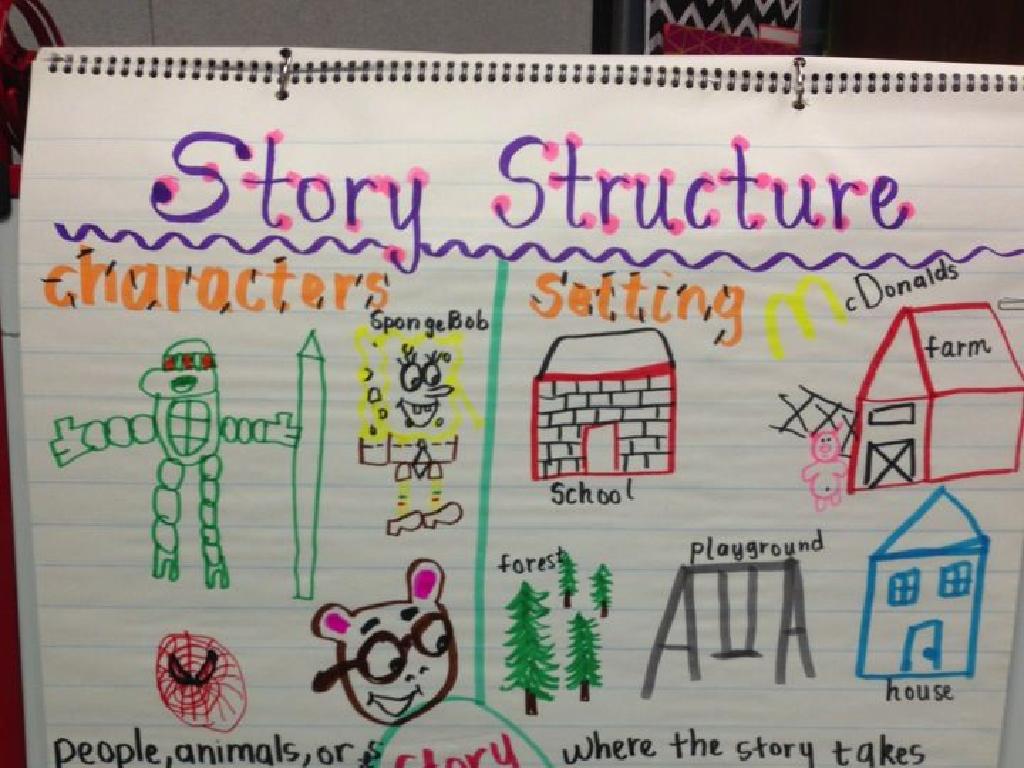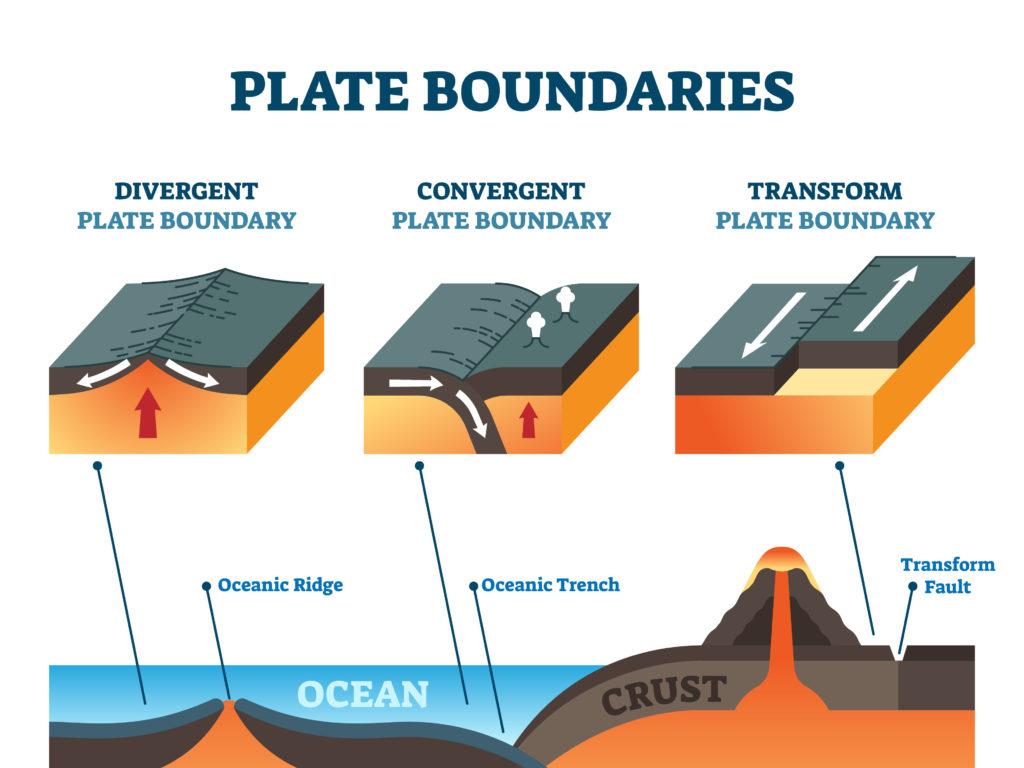Use Action Verbs
Subject: Language arts
Grade: Third grade
Topic: Verb Types
Please LOG IN to download the presentation. Access is available to registered users only.
View More Content
Introduction to Action Verbs
– Understanding verbs
– Verbs show actions or states
– Focus on Action Verbs today
– Examples of Action Verbs
– ‘Run’, ‘jump’, and ‘think’ are action verbs
|
This slide introduces the concept of verbs to the students, emphasizing that verbs are not just actions like ‘run’ or ‘jump’, but they also represent states of being such as ‘is’ or ‘appear’. The focus of today’s lesson is on action verbs, which are words that specifically describe what someone or something is doing. Provide examples of action verbs and encourage students to perform actions as you introduce them. This kinesthetic approach will help solidify the concept. In the next part of the lesson, students will engage in activities to identify and use action verbs in sentences.
Exploring Action Verbs
– What is an action verb?
– It’s a word that shows what someone or something does.
– Examples of action verbs
– ‘Run’, ‘jump’, ‘eat’, ‘throw’, ‘swim’ are all action verbs.
– Identifying action verbs in sentences
– We’ll look at sentences and find the action verbs together.
– Practice time!
|
This slide introduces the concept of action verbs to third-grade students. Begin by explaining that action verbs are words used to describe what someone or something is doing. Provide clear examples such as ‘run’, ‘jump’, ‘eat’, ‘throw’, and ‘swim’. These examples are simple and relatable for the students. Next, engage the class by reading sentences and asking them to identify the action verbs. This interactive approach helps solidify their understanding. Finally, set aside practice time where students can work individually or in groups to find action verbs in sentences provided by you or from their favorite books. Encourage them to act out the verbs for a kinesthetic learning experience.
Identifying Action Verbs
– Find the action verb in a sentence
– Look at ‘The dog runs in the park.’
– Understand what action verbs show
– Action verbs tell us what someone or something is doing
– ‘Runs’ shows the dog’s action
– In our example, ‘runs’ is what the dog is doing
– Practice finding action verbs
|
This slide is aimed at helping third-grade students identify and understand action verbs in sentences. Start by explaining that action verbs are words that show what someone or something is doing. Use the example sentence ‘The dog runs in the park.’ to illustrate this point. Ask the students which word in the sentence shows the dog’s action. Once they identify ‘runs’ as the action verb, reinforce the concept by explaining that it tells us what the dog is doing. Encourage the students to practice by finding action verbs in other sentences, either from a book or ones you provide. This activity will help solidify their understanding of action verbs and how they are used in language arts.
Action Verbs in Our Lives
– Reflect on daily activities
– Identify action verbs used
– Action verbs show what you do, like ‘run’, ‘jump’, ‘think’, ‘eat’
– List your action verbs
– Make a list of verbs from your day, such as ‘wake’, ‘brush’, ‘walk’, ‘learn’
– Share verbs with classmates
|
This slide is aimed at helping third-grade students recognize and use action verbs, which are words that express physical or mental actions. Start by asking students to think about their daily routine and the actions they perform. Encourage them to come up with verbs that describe these activities. They should create a list of these action verbs to share with the class. This exercise will help them understand how action verbs are used in sentences and improve their descriptive writing skills. As an activity, students can act out the verbs they’ve listed, which will reinforce their learning through movement and engagement.
Using Action Verbs in Sentences
– Understanding action verbs
– Action verbs are words that show what someone or something is doing.
– Creating sentences with action verbs
– I’ll say ‘jump’, and you might say ‘The cat jumps over the fence.’
– Action verbs show subject’s action
– They tell us the action the subject performs, like ‘run’, ‘sit’, or ‘eat’.
– Practice with given action verbs
– We’ll use verbs like ‘dance’, ‘write’, and ‘think’ to make new sentences.
|
This slide is aimed at helping third-grade students understand and use action verbs in sentences. Begin by explaining that action verbs are words that describe what the subject of a sentence is doing. Engage the students by providing them with an action verb and asking them to create their own sentences. Emphasize that the verb should clearly show the action being performed by the subject. Encourage creativity and provide guidance to ensure they grasp the concept. For the activity, give examples like ‘The dog barks loudly,’ to illustrate how the action verb ‘barks’ describes what the dog is doing. This interactive approach will help students recognize and use action verbs effectively in their writing.
Action Verb Game: Verb Charades
– Learn about action verbs
– Play Verb Charades game
– A fun game to understand action verbs
– Act out the verbs silently
– Use body language to express the verb without speaking
– Classmates guess the verb
– Encourages teamwork and communication skills
|
This slide introduces an interactive classroom activity designed to help third-grade students understand and identify action verbs through a game of Verb Charades. The teacher will display an action verb, and the student will act it out without speaking, while the rest of the class tries to guess the verb. This activity not only makes learning fun but also reinforces the concept of action verbs as words that show physical or mental actions. It encourages active participation, observation, and critical thinking. Teachers should prepare a list of action verbs suitable for the grade level, ensure all students have a chance to participate, and guide the class in guessing the verbs to maintain a supportive learning environment.
Class Activity: Verb Hunt
– Explore the classroom on a Verb Hunt
– Find objects or pictures
– Describe with an action verb
– Think: What action is it doing?
– Example: ‘A clock ticks.’
– ‘Ticks’ shows the clock’s action
|
This activity is designed to help students identify and understand action verbs through an interactive ‘Verb Hunt’ in the classroom. Students will move around the room to find objects or pictures and then come up with an action verb that describes what the object does. For instance, a clock ‘ticks,’ and a fan ‘spins.’ Encourage students to use their imagination and think about the actions objects can perform. Possible variations of the activity could include pairing students to work as a team, using magazines to find action verbs, or even extending the hunt to the schoolyard. The goal is to make learning action verbs fun and engaging.
Action Verbs: Homework Challenge
– Congrats on learning action verbs!
– Homework: Write 10 sentences
– Each sentence should have a different action verb
– Use a variety of action verbs
– Verbs like ‘run’, ‘jump’, ‘think’, ‘laugh’
– Share your sentences tomorrow
|
This slide concludes the lesson on action verbs and transitions to the homework assignment. Students are tasked with writing 10 sentences, each incorporating a different action verb, to demonstrate their understanding of the concept. Encourage creativity and the use of a diverse range of verbs. Provide examples of action verbs to help them get started. In the next class, students will have the opportunity to share their sentences, which will reinforce their learning and allow for peer learning. As a teacher, be prepared to offer positive feedback and correct any misunderstandings about action verbs.





